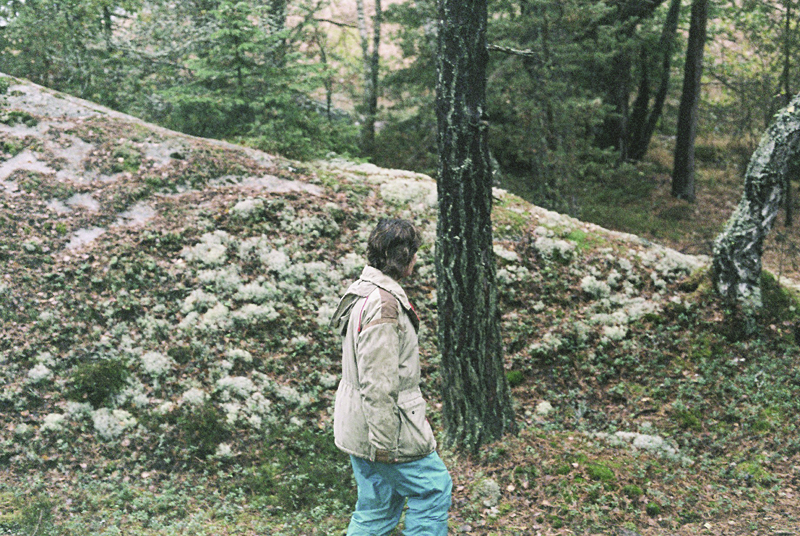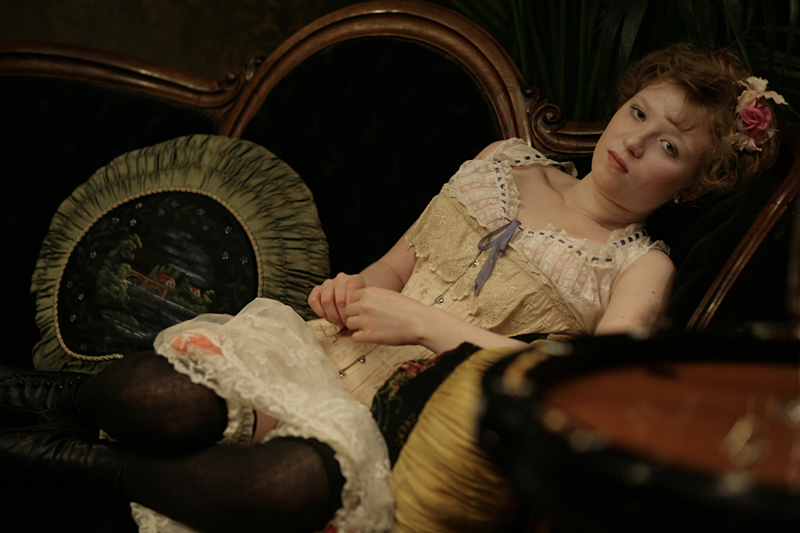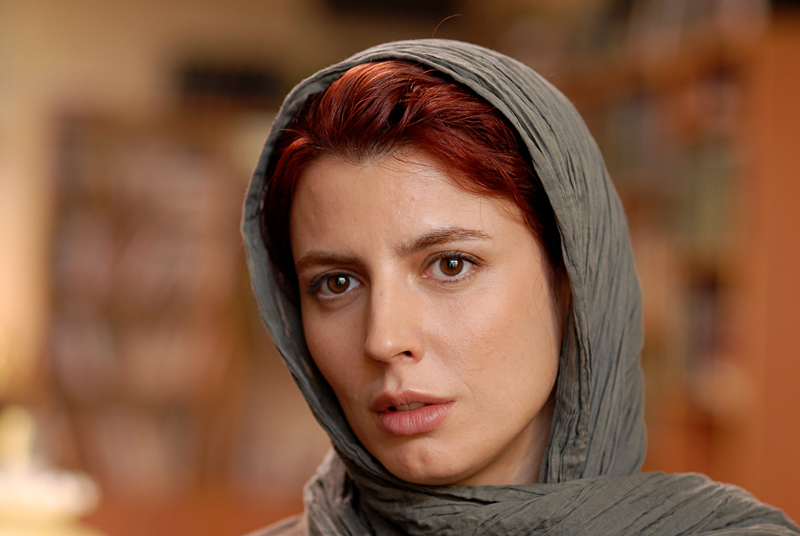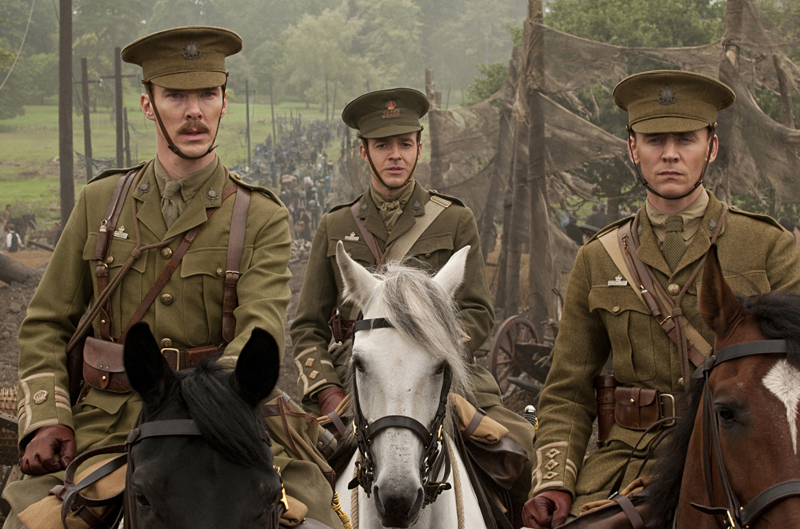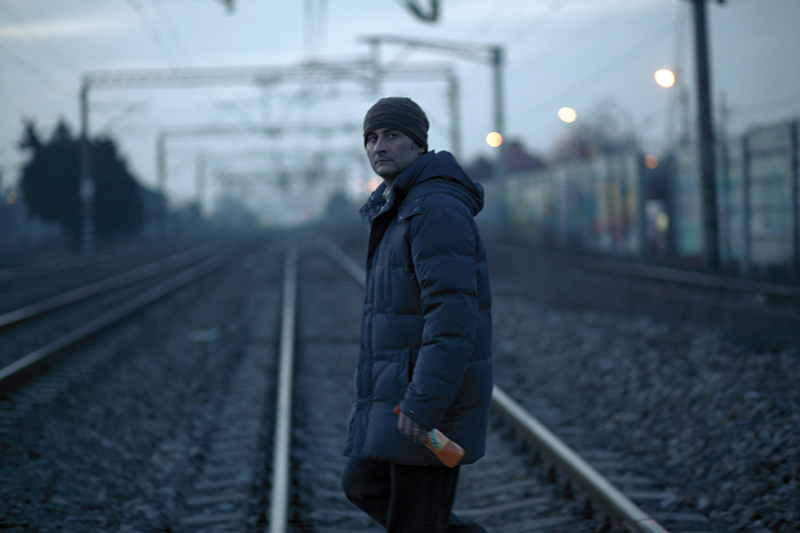C.W. Winter and Anders Edström’s The Anchorage uses a narrative structure introduced to more powerful effect 35 years ago in Chantal Akerman’s Jeanne Dielman. Akerman’s film famously focused—in ritualistic detail, at considerable length—on its eponymous protagonist’s daily routine, and its rupture. The Anchorage pushes the Dielman scenario further toward documentary and heightens the suspense—which might be defined as the desire for something awful to happen. A middle-aged woman (co-director Edström’s mother, Ulla) lives alone on a small island off the coast of Sweden (perhaps her actual home). She awakens each day before dawn and walks through the forest to the rocky harbor for an icy plunge into the Baltic before embarking on the day’s chores. On the evening of day one, a man is glimpsed walking (too closely) past her house; on the afternoon of day two, she notices an unfamiliar boat moored at the landing. That evening, the wind whistles in the trees and . . . suffice it to say that The Anchorage so successfully traffics in dread that its audacious punch line feels like a parody of Jeanne Dielman. Although a series of mainly static middle shots, using available light, The Anchorage has little of Dielman‘s rigorous geometry. There’s nothing arty about the movie, except its premise.
The Anchorage: Immersion in a Swedish Forest
